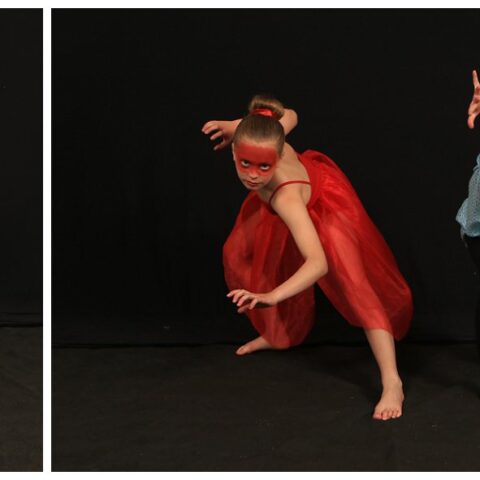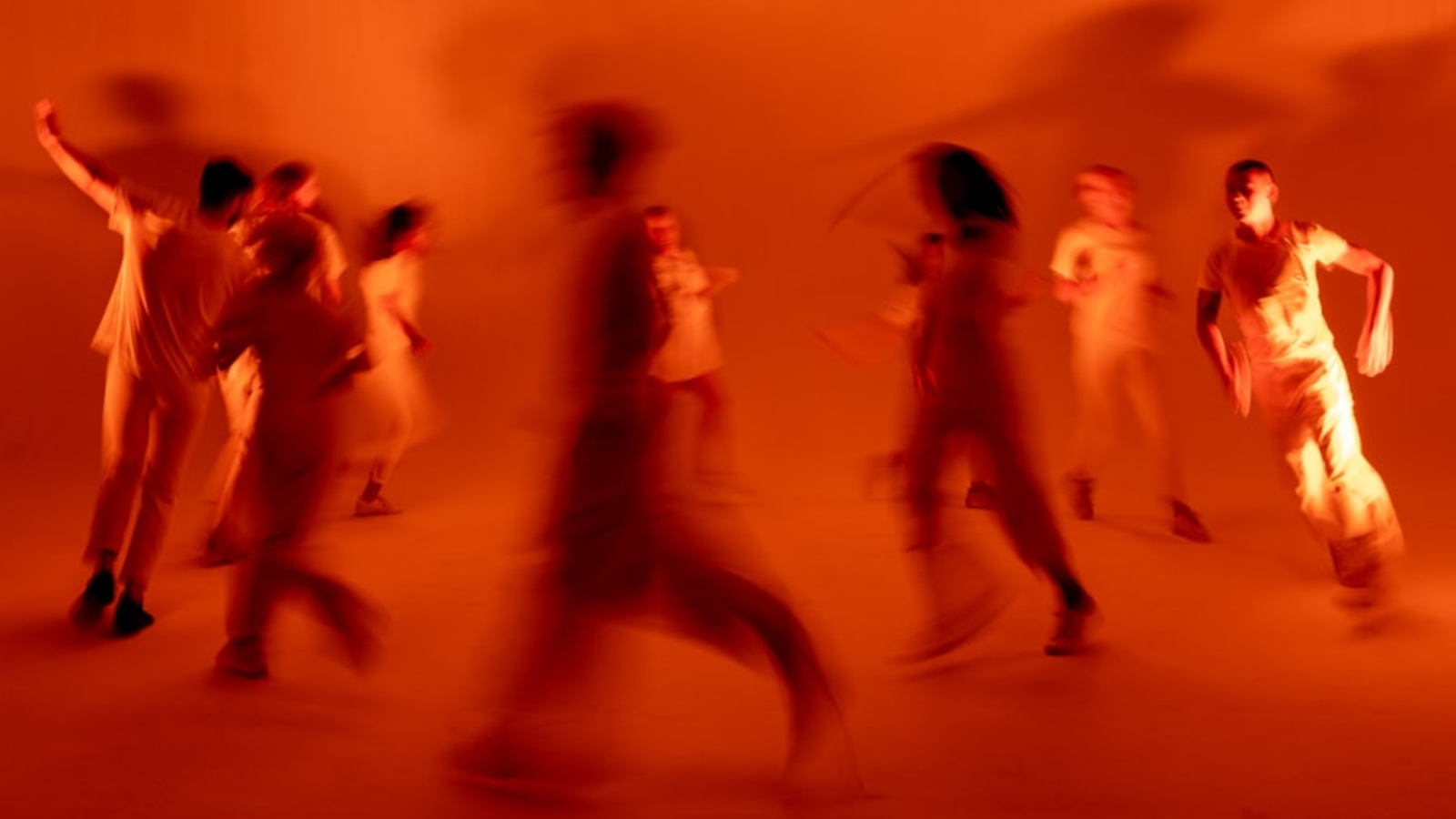As we delve into the world of dance photography, we find ourselves immersed in a realm where movement and emotion intertwine. Capturing the essence of dance requires more than just a keen eye; it demands an understanding of the intricate choreography and the stories that each performance tells. When we observe dancers, we are not merely watching their physical movements; we are witnessing a narrative unfold, a dialogue expressed through the fluidity of their bodies.
To truly encapsulate this essence, we must attune ourselves to the rhythm and flow of the performance, allowing our cameras to become extensions of our own appreciation for the art form.
In our pursuit of capturing dance, we often find ourselves drawn to the subtleties that define each movement. The arch of a back, the extension of a leg, or the fleeting expression on a dancer’s face can convey profound emotions.
By immersing ourselves in the performance, we can anticipate these moments and prepare to capture them at their peak.
It is this understanding of movement that transforms our photographs from mere snapshots into powerful portraits that resonate with viewers.
We must learn to see beyond the surface, to appreciate the dedication and passion that dancers pour into their craft, and to reflect that in our imagery.
Key Takeaways
- Understanding the Movement: Capturing the Essence of Dance
- The Importance of Lighting and Composition in Dance Photography
- Tips for Capturing the Energy and Emotion of Dance Competitions
- Utilizing Different Camera Techniques for Dynamic Dance Shots
- The Role of Timing and Anticipation in Dance Competition Photography
The Importance of Lighting and Composition in Dance Photography
The Power of Lighting
Natural light can produce a soft, ethereal quality, while artificial lighting can add drama and intensity. As we experiment with different lighting setups, we discover how shadows can enhance the contours of a dancer’s body, highlighting their strength and grace. We must be mindful of how light falls on our subjects, as it can either elevate or detract from the overall impact of our images.
The Importance of Composition
Composition is equally crucial in dance photography. The arrangement of elements within our frame can guide the viewer’s eye and create a sense of balance or tension. We often find ourselves considering various compositional techniques, such as the rule of thirds or leading lines, to draw attention to the dancers’ movements. By framing our subjects thoughtfully, we can create dynamic images that convey a sense of motion and energy.
Experimenting with Angles and Perspectives
Additionally, we should not shy away from experimenting with angles and perspectives; sometimes, an unconventional viewpoint can reveal a dancer’s form in a way that captivates and surprises.
Tips for Capturing the Energy and Emotion of Dance Competitions

Dance competitions are vibrant showcases of talent and artistry, brimming with energy and emotion. As we prepare to capture these exhilarating moments, we must equip ourselves with strategies that allow us to convey the intensity of each performance. One effective approach is to focus on the dancers’ expressions; their faces often reveal the passion and determination that fuel their movements.
By zooming in on these details, we can create intimate portraits that resonate with viewers on a personal level. Another essential tip is to remain adaptable and responsive during competitions. The atmosphere is often charged with excitement, and performances can change in an instant.
We should be prepared to adjust our settings quickly, whether it’s altering our shutter speed to freeze a moment or adjusting our aperture to achieve a desired depth of field. By staying attuned to the rhythm of the competition, we can capture those fleeting moments that encapsulate the spirit of dance—moments that might otherwise go unnoticed.
Utilizing Different Camera Techniques for Dynamic Dance Shots
In our quest for dynamic dance shots, we find that employing various camera techniques can significantly enhance our results. One technique we often utilise is panning, which involves moving our camera in sync with a dancer’s movement. This method allows us to create a sense of motion blur in the background while keeping the dancer sharp and in focus.
The result is an image that conveys speed and energy, immersing viewers in the action. Additionally, we explore the use of burst mode to capture sequences of movement. By taking multiple shots in quick succession, we can document a dancer’s progression through a series of poses or steps.
This technique not only helps us capture the perfect moment but also allows us to select from a range of expressions and positions later during editing. We often find that these sequences tell a more comprehensive story about the performance, showcasing the fluidity and grace inherent in dance.
The Role of Timing and Anticipation in Dance Competition Photography
Timing is everything in dance competition photography; it is what separates an average shot from an extraordinary one. As we observe dancers on stage, we learn to anticipate key moments—the leap that defies gravity, the spin that showcases control, or the final pose that brings a performance to its climax. By honing our ability to predict these moments, we position ourselves to capture them at their peak, immortalising the energy and emotion that define each performance.
To master timing, we often practice patience and observation. We watch for cues from both the dancers and choreographers; subtle shifts in body language or changes in music can signal an impending highlight. By remaining focused and ready, we can seize those fleeting instances that encapsulate the essence of dance competitions.
It is this blend of anticipation and timing that allows us to create images that resonate deeply with audiences, evoking feelings of awe and admiration.
Editing and Enhancing Dance Competition Photos for Maximum Impact

Refining the Shot
Once we’ve captured our images from dance competitions, we enter the exciting phase of editing and enhancing our photographs for maximum impact. This process allows us to refine our work, bringing out the best qualities in each shot while maintaining authenticity. We often begin by adjusting exposure levels to ensure that our images are well-lit without losing detail in highlights or shadows.
Enhancing the Visual Story
Beyond basic adjustments, we also explore creative enhancements such as cropping for better composition or applying filters to evoke specific moods. We may choose to emphasise certain colours or tones that resonate with the performance’s theme or emotional undertone.
Authenticity in Editing
However, as we edit, we must remain mindful not to over-process our images; authenticity is key in dance photography. Our goal is to enhance what we’ve captured while staying true to the raw beauty and power of each performance.
Navigating the Challenges of Shooting Dance Competitions
Shooting dance competitions presents its own unique set of challenges that require us to be resourceful and adaptable. One common hurdle is dealing with varying lighting conditions; stages may be illuminated with harsh spotlights or dimmed for dramatic effect. We must be prepared to adjust our camera settings on-the-fly to accommodate these changes while ensuring that our images remain sharp and vibrant.
Another challenge lies in managing our positioning within crowded venues. With numerous photographers vying for prime spots, it can be difficult to secure an unobstructed view of the stage. We often find ourselves scouting locations ahead of time or arriving early to claim advantageous positions.
Additionally, being respectful of other photographers and audience members is essential; maintaining a professional demeanor ensures that everyone can enjoy the performances without disruption.
Showcasing the Beauty and Power of Dance through Photography
Ultimately, our goal as dance photographers is to showcase the beauty and power inherent in this art form. Each photograph we take serves as a testament to the dedication, passion, and artistry displayed by dancers on stage. Through our lens, we have the opportunity to immortalise moments that might otherwise fade away—capturing not just movements but emotions that resonate deeply with viewers.
As we share our work with others, we hope to inspire appreciation for dance as an art form. Our photographs have the potential to evoke feelings of joy, nostalgia, or even introspection; they invite audiences into a world where movement tells stories beyond words. In this way, we become not just observers but storytellers—using our cameras to bridge the gap between performers and audiences, celebrating the transformative power of dance through every image we create.
If you are interested in dance competition photography, you may also enjoy reading about the sports photography services offered by All Star Legends. They specialize in capturing the energy and excitement of various sports events, including dance competitions. Check out their gallery here to see some stunning examples of their work.
book your photoshoot now
FAQs
What is dance competition photography?
Dance competition photography is the art of capturing the energy, emotion, and movement of dancers during a dance competition. It involves taking high-quality photographs of dancers performing on stage, showcasing their talent and skill.
What equipment is needed for dance competition photography?
To capture dance competition photography, a professional camera with a fast shutter speed, a variety of lenses (such as a telephoto lens for capturing dancers from a distance and a wide-angle lens for group shots), and a tripod are essential. Additionally, good lighting equipment and a high-quality memory card are also important.
What are some tips for capturing great dance competition photographs?
Some tips for capturing great dance competition photographs include understanding the dance routines and movements in order to anticipate the best moments to capture, using a fast shutter speed to freeze the action, and adjusting the camera settings to accommodate for the stage lighting. It’s also important to be mindful of composition and framing to highlight the dancers’ movements and emotions.
Are there any specific challenges in dance competition photography?
Yes, there are specific challenges in dance competition photography, such as dealing with low light conditions, capturing fast and dynamic movements, and navigating around the stage to get the best angles. Additionally, there may be restrictions on where photographers can position themselves during the competition, which can impact the ability to capture certain shots.
What are some popular poses or moments to capture in dance competition photography?
Popular poses or moments to capture in dance competition photography include jumps, leaps, turns, lifts, and expressive facial expressions. These moments showcase the skill and emotion of the dancers and can make for compelling and dynamic photographs.


